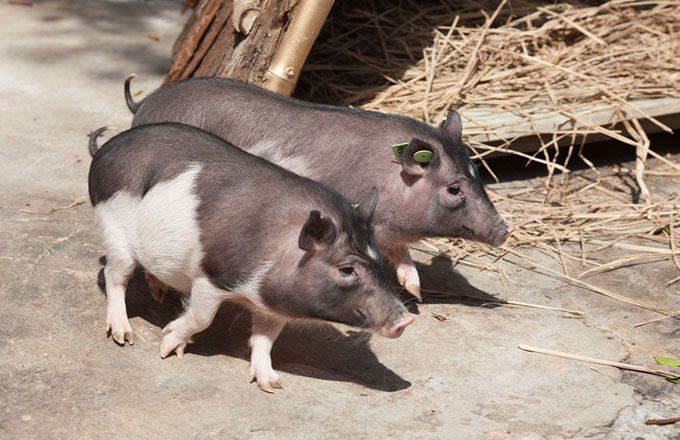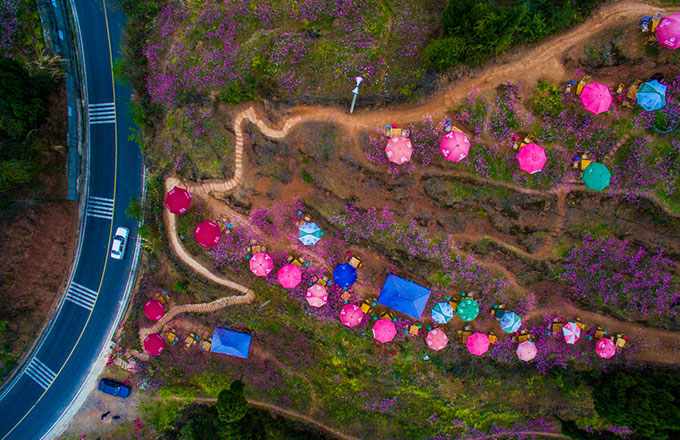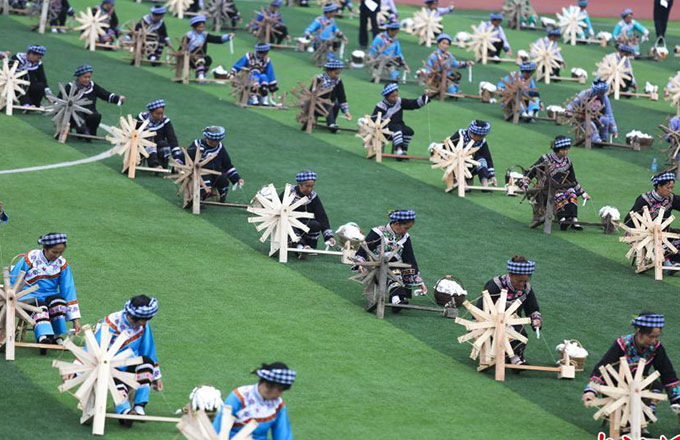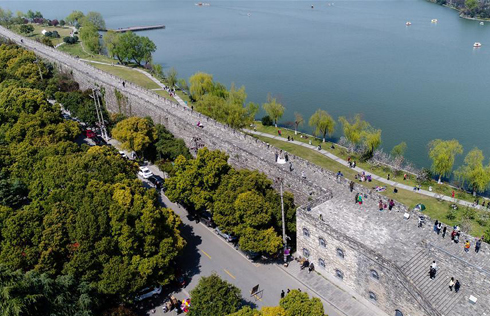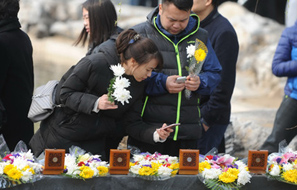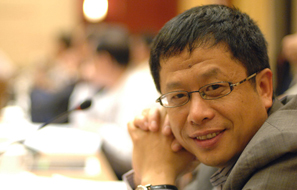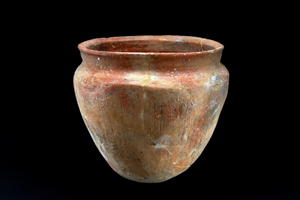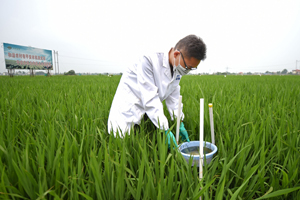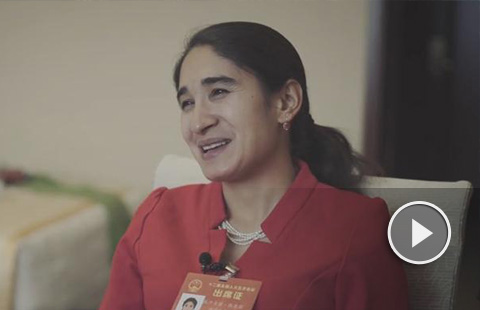Tongzhou heads back into the future
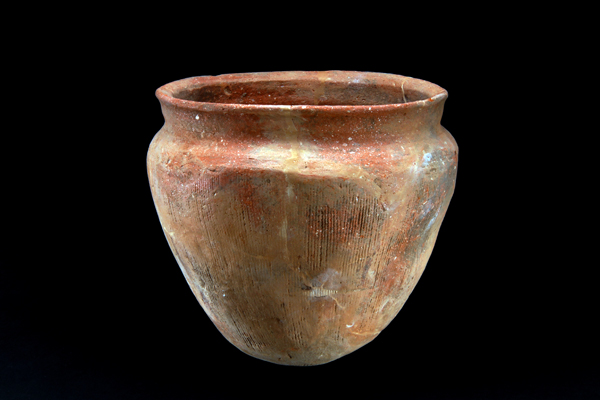 |
|
A pottery burial urn from the Warring States period. [Photo/China Daily] |
The north wall of the ancient city was 606 meters long, while the south wall was about 575 meters. The east wall was 589 meters and the west wall was 555 meters, according to Liu. Together they formed a rough rectangle covering an area of 350,000 square meters.
Liu said the discovery of Lucheng indicates that Beijing was North China's political, military and transportation center two millennia ago: "However, the history of Tongzhou is even longer than the capital's. These findings have greatly enriched our research materials about the 2,000-year history of Beijing."
High priority work
By putting archaeology ahead of infrastructure construction, Beijing has set an example to other parts of the country, a move in accordance with the Law on the Protection of Cultural Relics, according to Liu.
Despite that, the project has not been without its difficulties. "It's hard to keep archaeological excavations on schedule to match the construction work that will follow, because you don't know what you will find. It largely depends on the specific circumstances underground," he said.
"On this point, the municipal government was very tolerant about the working period for the project. It didn't draw up a strict timetable for the team, even though it is required to complete the infrastructure construction of the new buildings in Tongzhou by the end of October."
During the work, the team even used equipment to detect old plant seeds, which is rare in such a large project, Liu added.
"I was interested by how the team coordinated its work in a very scientific and smooth way," he said.
From 2000 to 2015, Beijing invested 140 million yuan ($20 million) in the restoration and protection of cultural relics, the authorities said.
At present, 236 unmovable cultural relics in Tongzhou are under State-level protection, and there are plans to build cultural parks, museums and exhibition halls based on them.





